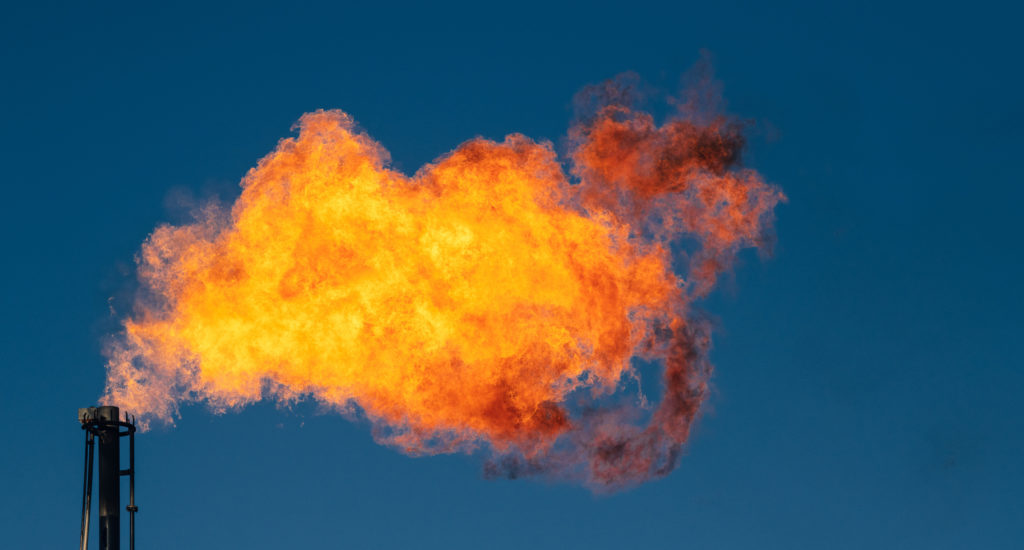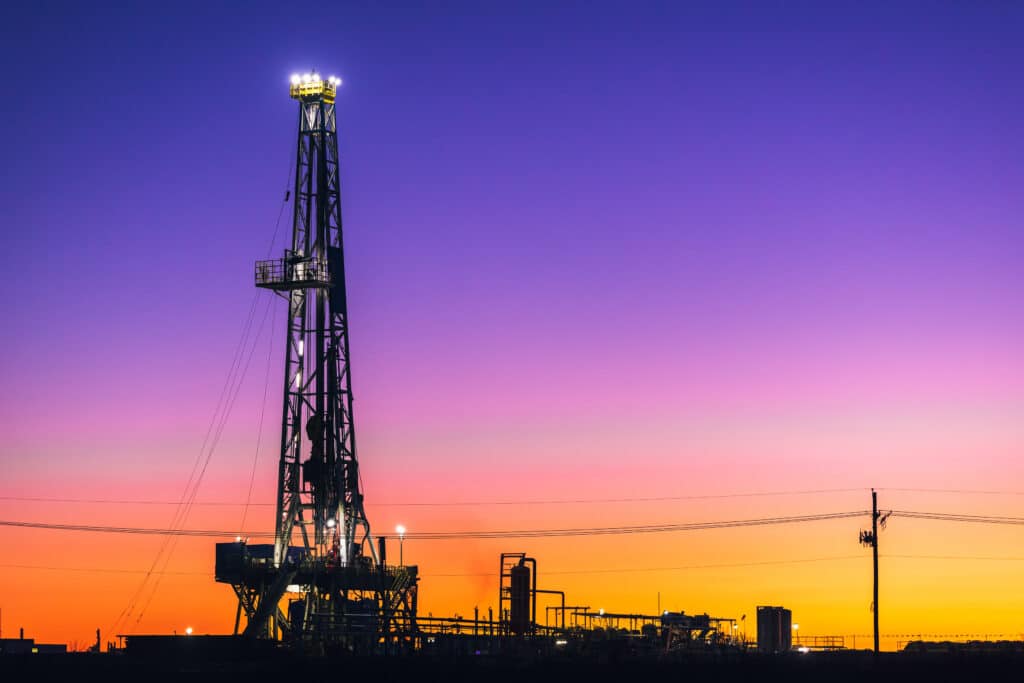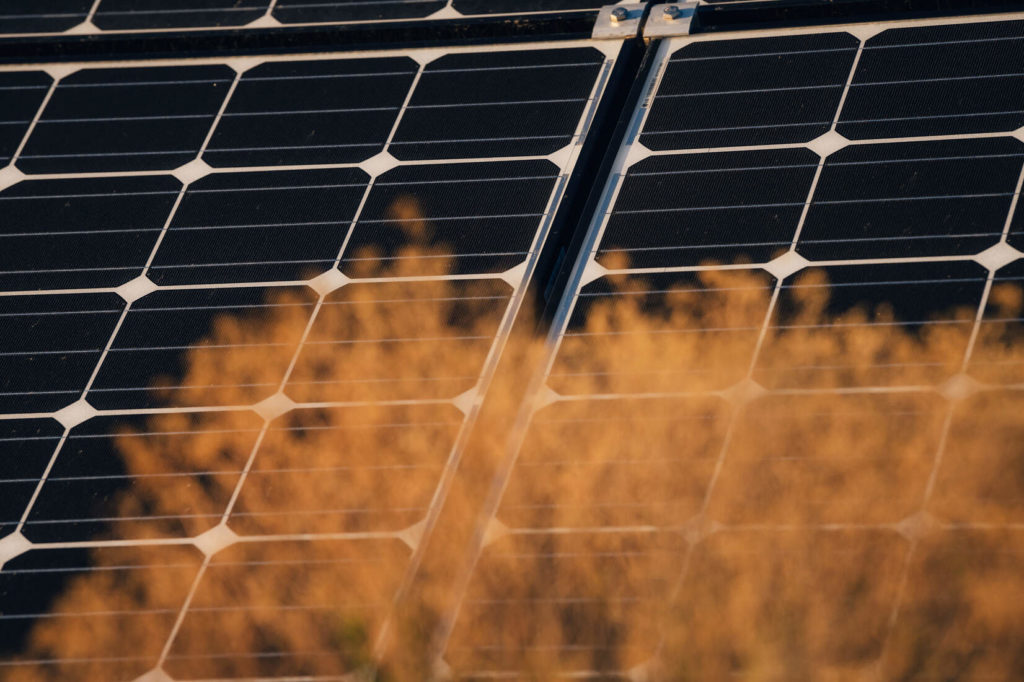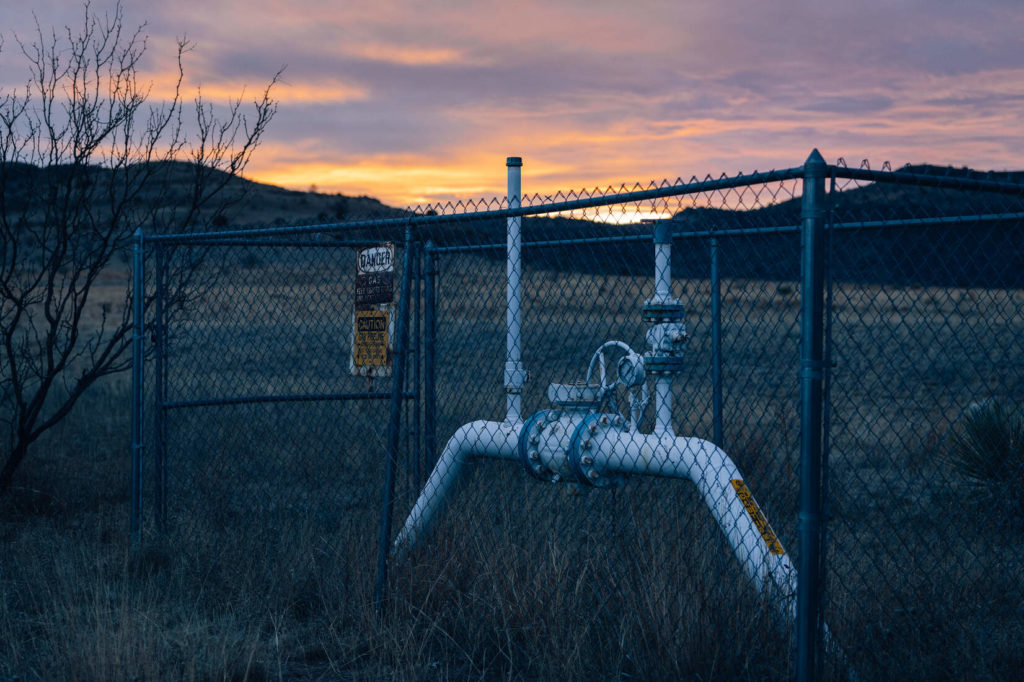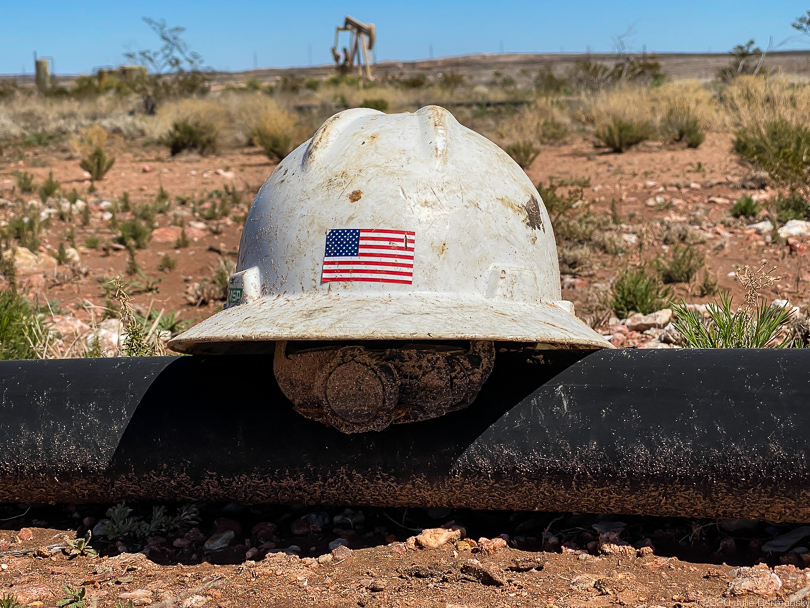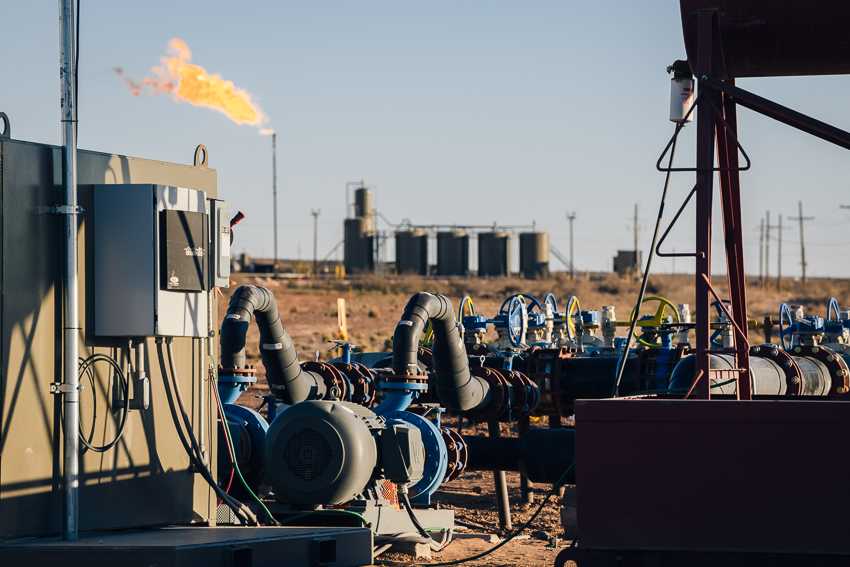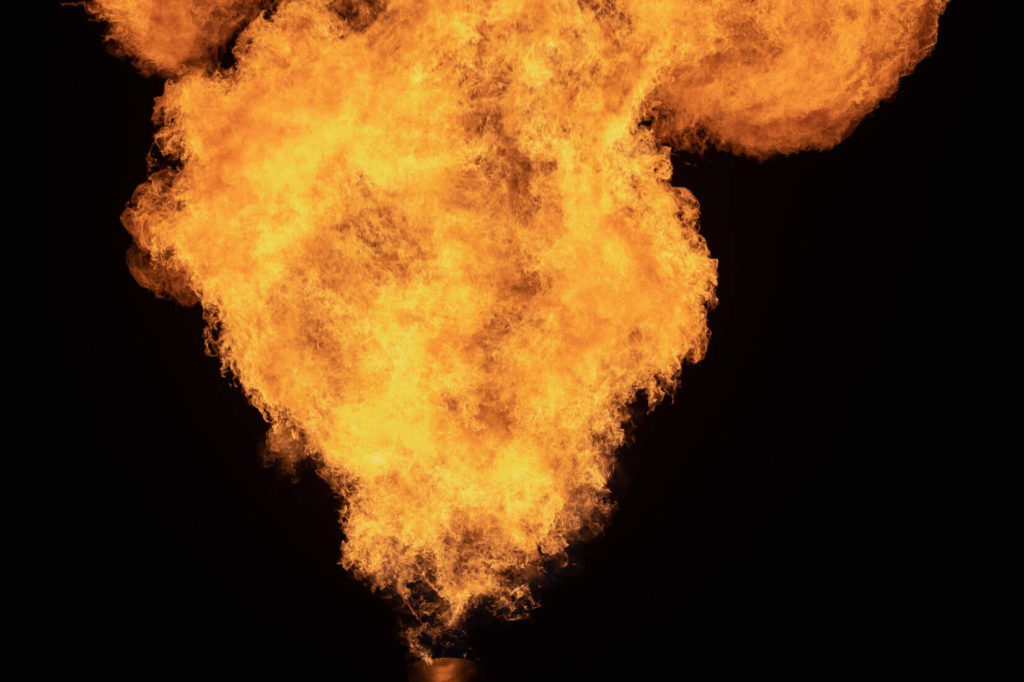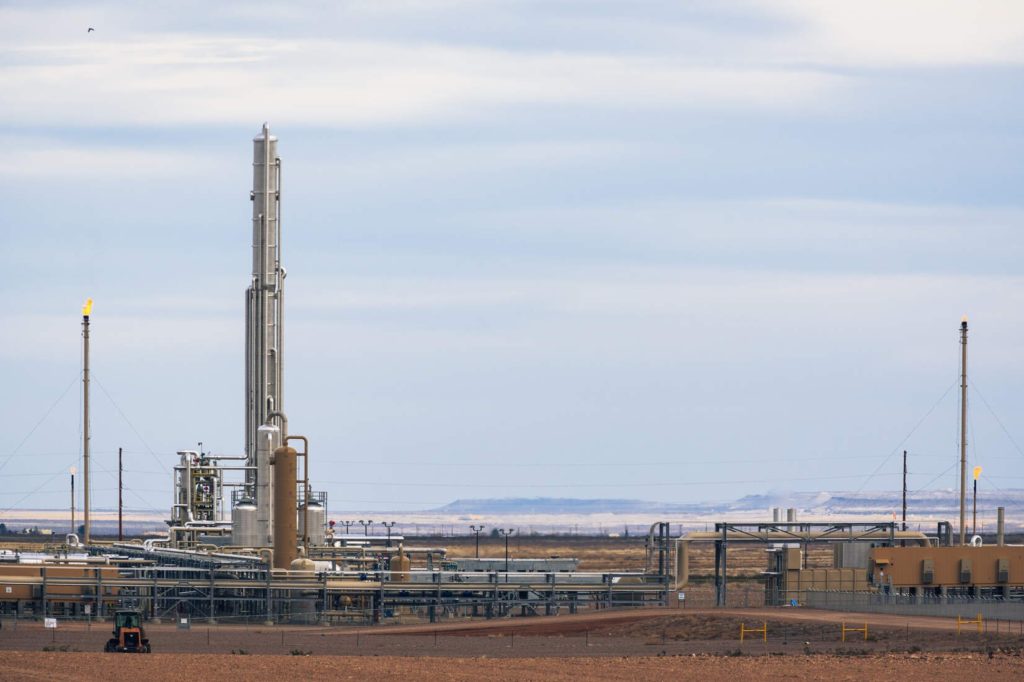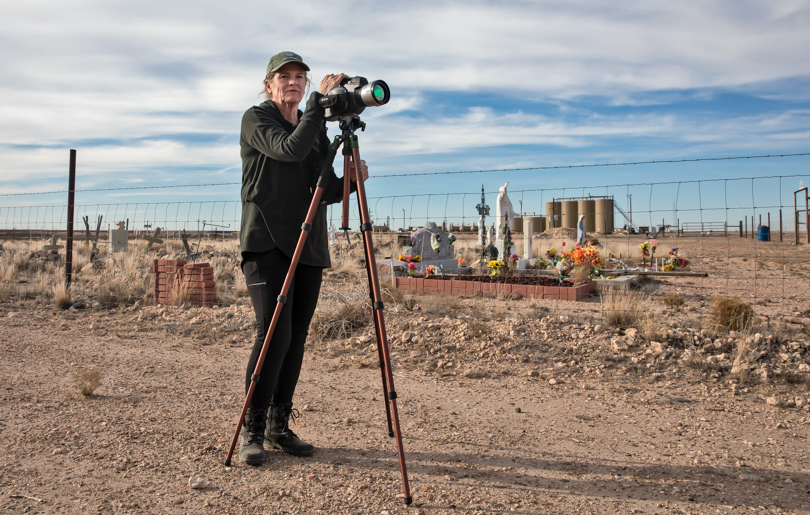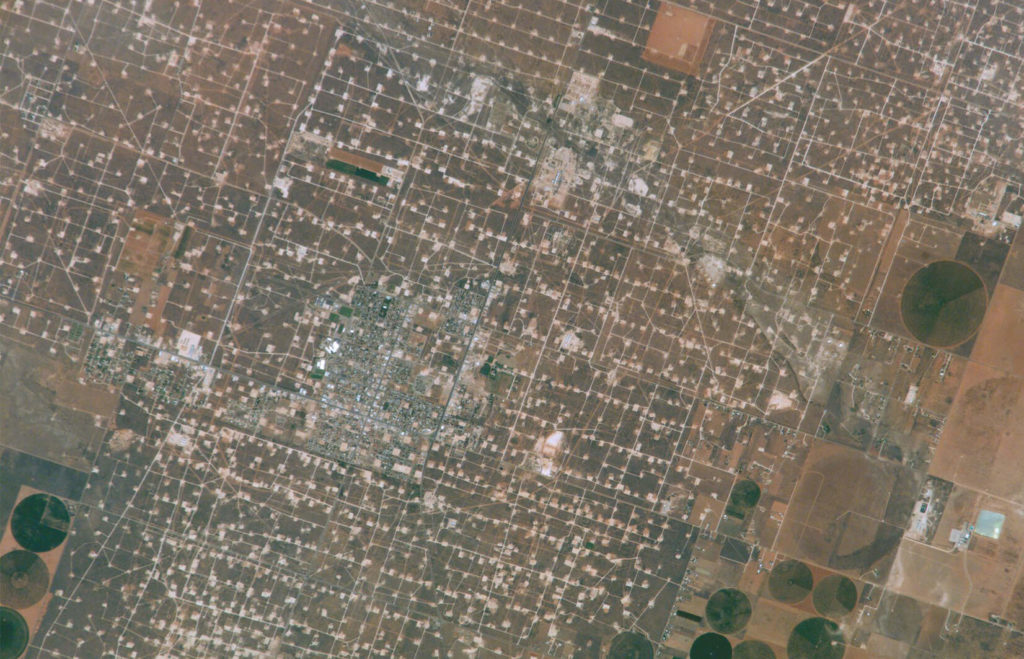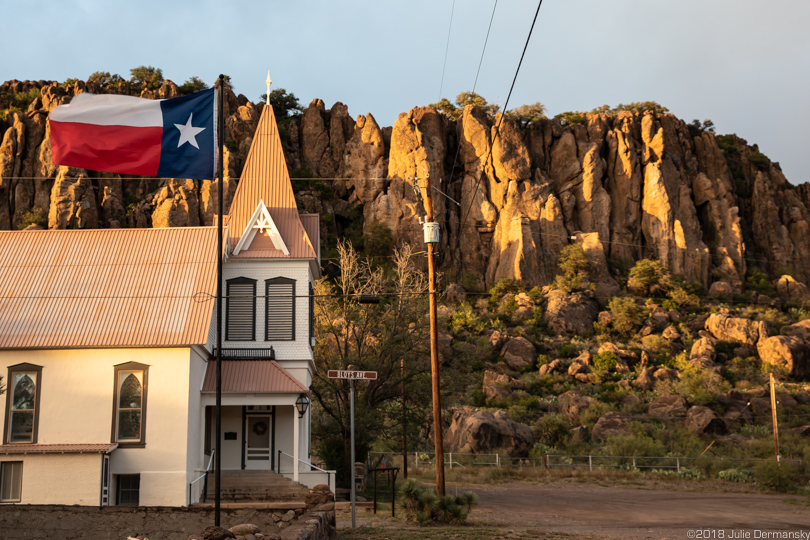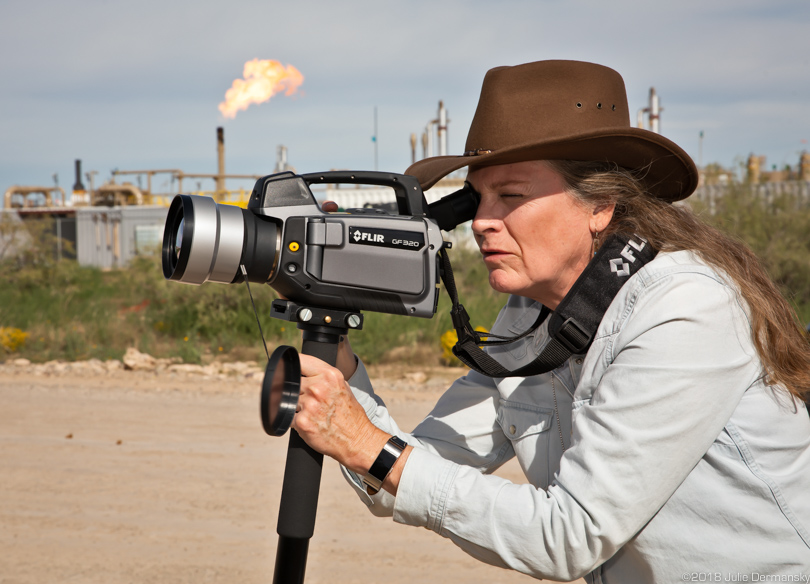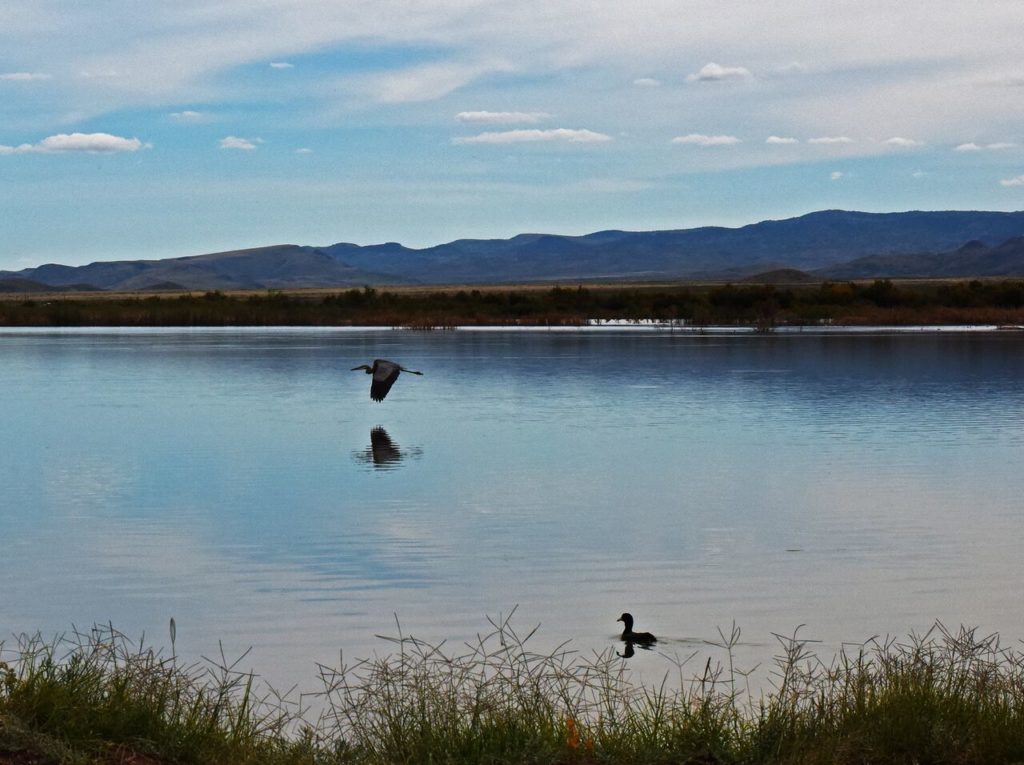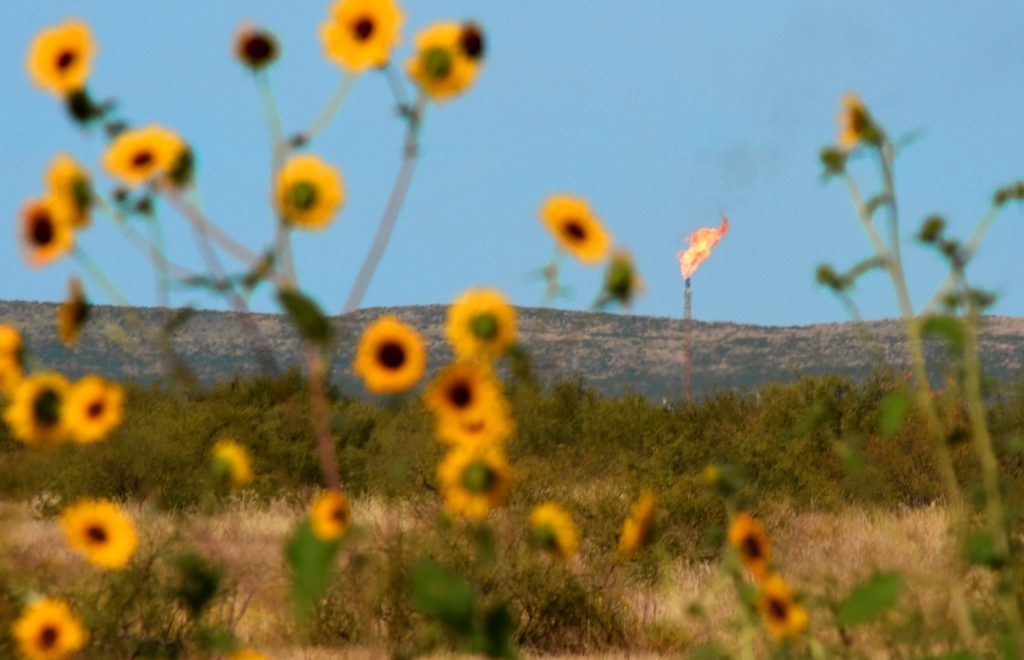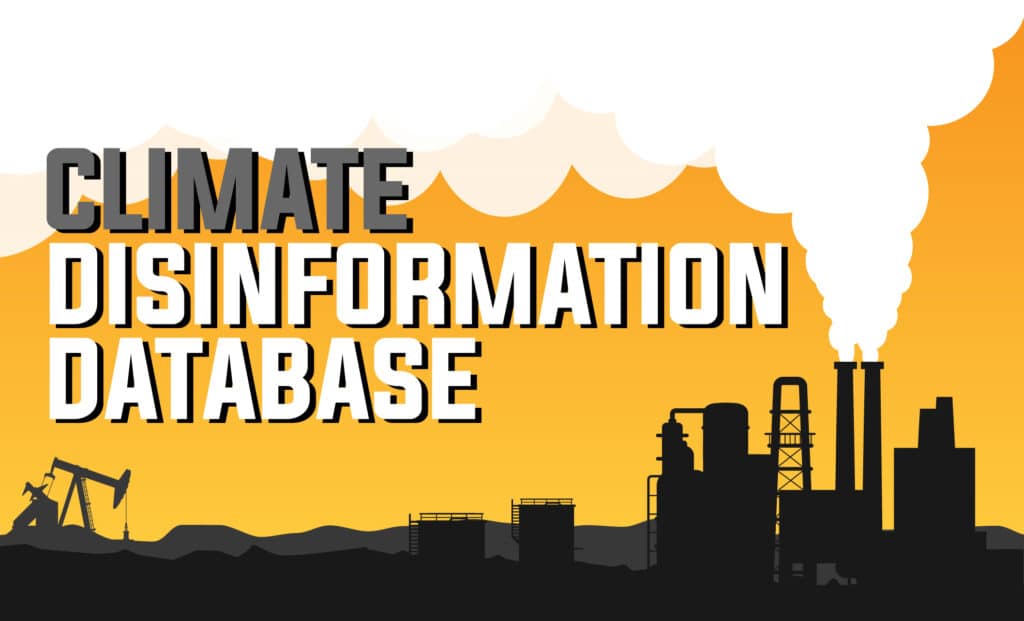The Permian Basin is the largest petroleum-producing basin in the United States, and the U.S. oil and gas industry’s greatest prospect for turning around its financial woes. But the Permian shale basin where oil and gas fracking occurs in Texas and New Mexico is increasingly affected by poor financial conditions, massive flaring and venting pollution, water and wastewater challenges, lax enforcement of regulations, lack of pipeline infrastructure to get gas to market, and a growing number of bankruptcies and worker layoffs. ExxonMobil and Chevron are among the oil supermajors that have bet big on the Permian, as well as BP, Occidental, Shell, and others.
But Wall Street investors and shareholders are increasingly skeptical and nervous. The words “Peak Permian” are already being uttered by many analysts who know that the oil and gas industry has been grossly overcapitalized since the dawn of the shale fracking “revolution.” In recent years, investments have shifted to the western part of the Permian Basin known as the Delaware Basin, where output is much gassier than in the eastern Midland portion, resulting in more flaring and venting of methane, a potent greenhouse gas responsible for global warming.
In this DeSmog series, our team of investigative and multimedia journalists explore the many challenges facing the oil and gas industry in the Permian Basin.
Image: Flaring at oil industry operations in the Permian Basin of Texas. Credit: Justin Hamel © 2020

